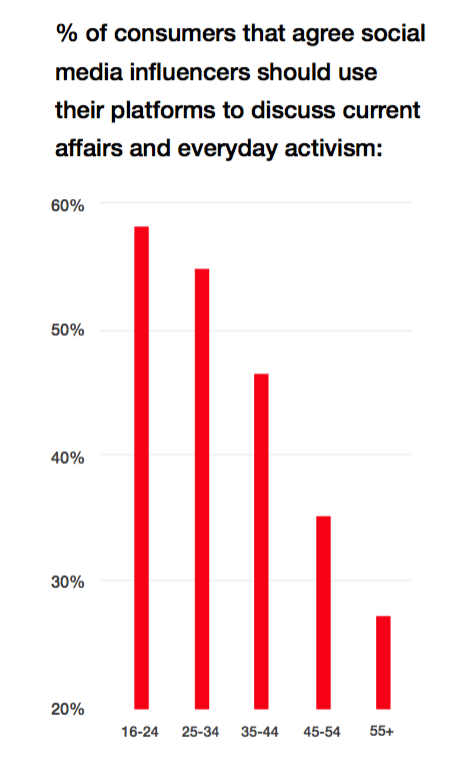As trust issues rose to the forefront for brands and businesses during the ongoing COVID crisis, influencers were found to be among the most authentic sources for brand marketing and promotion—and as a result, influencer marketing became a critical comms strategy in 2020, and the momentum continues to grow. But the industry is not without its growing pains.
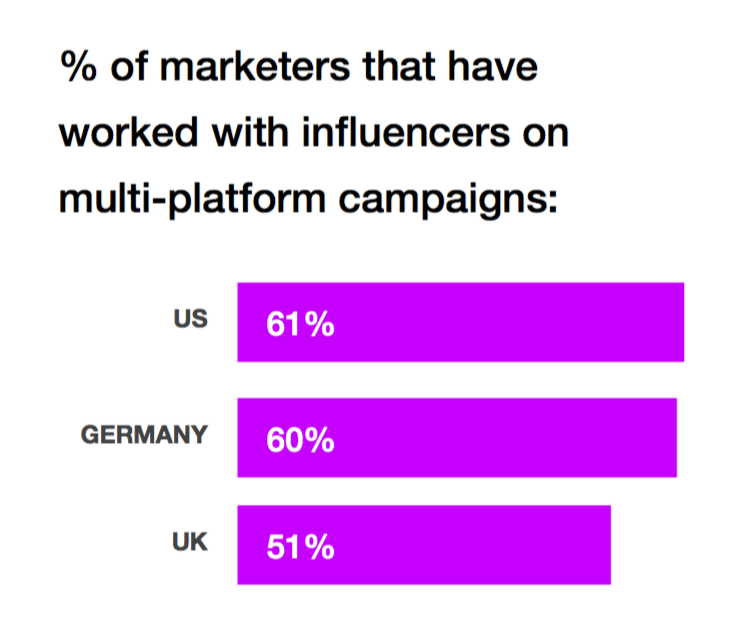 New research from influencer marketing agency TAKUMI surveyed over 3,500 consumers, marketers, and influencers across the UK, U.S., and Germany. The firm’s new report, Into the Mainstream: Influencer Marketing in Society, uncovers opinions on ethics, diversity, misinformation, and new channels.
New research from influencer marketing agency TAKUMI surveyed over 3,500 consumers, marketers, and influencers across the UK, U.S., and Germany. The firm’s new report, Into the Mainstream: Influencer Marketing in Society, uncovers opinions on ethics, diversity, misinformation, and new channels.
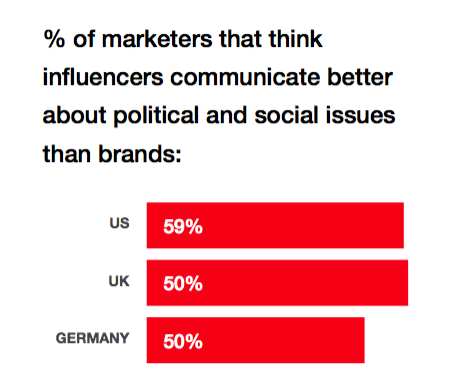 “With 73 percent of marketers upping spend in influencer marketing, it is clearly a core pillar of any effective brand marketing strategy,” said Mary Keane-Dawson, group CEO of TAKUMI, in a news release.“We’ve known for a long-time that being platform-agnostic equals success with influencer marketing, and it appears marketers are starting to realize this too. They are now exploring new social media channels such as TikTok, and are integrating creator content into their wider marketing mix including TV and OOH in line with consumer appetites.”
“With 73 percent of marketers upping spend in influencer marketing, it is clearly a core pillar of any effective brand marketing strategy,” said Mary Keane-Dawson, group CEO of TAKUMI, in a news release.“We’ve known for a long-time that being platform-agnostic equals success with influencer marketing, and it appears marketers are starting to realize this too. They are now exploring new social media channels such as TikTok, and are integrating creator content into their wider marketing mix including TV and OOH in line with consumer appetites.”
Marketers spending more on influencer marketing than they were a year ago
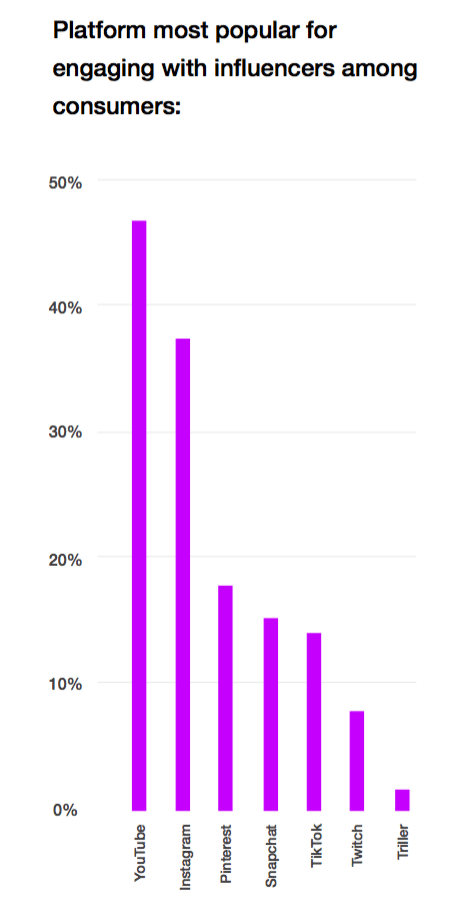 In the last 12 months, almost three-quarters of the marketers the firm spoke to (73 percent) have allocated more resources to influencer marketing, with spend particularly increasing in the retail (79 percent), legal (79 percent), and manufacturing (75 percent) sectors. Brands are also working with influencers across more mainstream advertising channels including OOH (83.3 percent), print (80 percent) and TV & radio (81.3 percent). Consumers are equally receptive to this shift: over a third (38 percent) are open to seeing influencers incorporated into traditional advertising.
In the last 12 months, almost three-quarters of the marketers the firm spoke to (73 percent) have allocated more resources to influencer marketing, with spend particularly increasing in the retail (79 percent), legal (79 percent), and manufacturing (75 percent) sectors. Brands are also working with influencers across more mainstream advertising channels including OOH (83.3 percent), print (80 percent) and TV & radio (81.3 percent). Consumers are equally receptive to this shift: over a third (38 percent) are open to seeing influencers incorporated into traditional advertising.
Marketers are also exploring additional social media channels: over the next year, 58 percent of marketers are considering working with influencers on YouTube, followed by a further 55 percent on Instagram, 35 percent on TikTok, 20 percent on Twitch, and 10 percent on Triller.
Influencer marketing delivering better ROI than traditional advertising channels
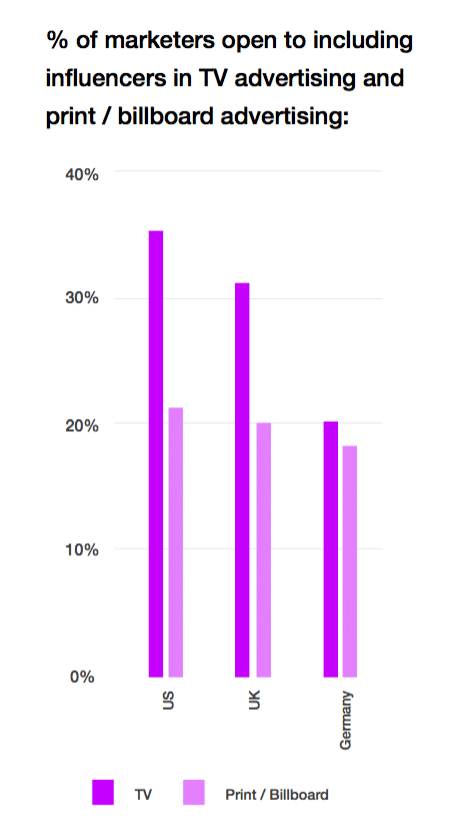 A quarter (25 percent) of 16-24-year-olds say Instagram is the most likely advertising platform to lead to a purchase and our research shows that marketers recognize the strong ROI potential, with almost two-thirds (60 percent) agreeing that influencer marketing provides better ROI for brand marketing campaigns compared with traditional advertising.
A quarter (25 percent) of 16-24-year-olds say Instagram is the most likely advertising platform to lead to a purchase and our research shows that marketers recognize the strong ROI potential, with almost two-thirds (60 percent) agreeing that influencer marketing provides better ROI for brand marketing campaigns compared with traditional advertising.
Influencers acting as a news source
Nearly a quarter of consumers in the UK (24 percent) and Germany (23 percent), and 28 percent of U.S. consumers are more likely to source news updates and opinions from influencers than journalists and established news outlets, rising to more than a third of 16-24-year-olds (38 percent), 25-34-year-olds (38 percent), and 35-44-year-olds (34 percent). With this in mind, it’s unsurprising that 41 percent of consumers agree that social media influencers should use their platforms to discuss current affairs and everyday activism.
Thirty-two percent of consumers across the UK, U.S., and Germany find influencer content more relatable to their real lives than content produced by brands, which explain the desire for current-affairs driven content.
As reflected by the Black Lives Matter movement, more than 50 percent of all content creators surveyed said that diversity was the number one issue that needs to be addressed by marketers and brands moving forward. Similarly, a quarter of influencers (25 percent) want to establish relationships with brands who are aligned with their moral standpoints—across diversity, the environment, and social issues
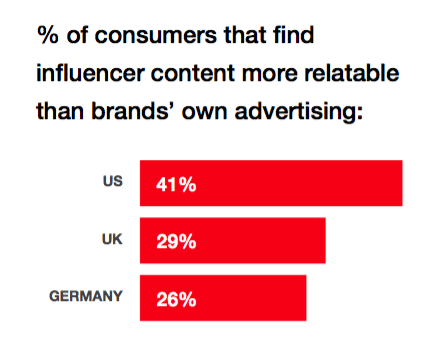 Despite this, over half (55 percent) of marketers across the UK, U.S. and Germany said they would be anxious about working with an influencer who is vocal about social and political issues.
Despite this, over half (55 percent) of marketers across the UK, U.S. and Germany said they would be anxious about working with an influencer who is vocal about social and political issues.
“Despite growth, the industry cannot rest on its laurels. With conversations around diversity, equality and inclusivity gaining momentum in the industry and wider society, it’s clear that consumers are hungry for influencer marketing with a social conscience. Marketers need to consider how their influencer campaigns will champion progress and reflect the real lives and concerns of consumers if they want to remain relevant and compelling.”


